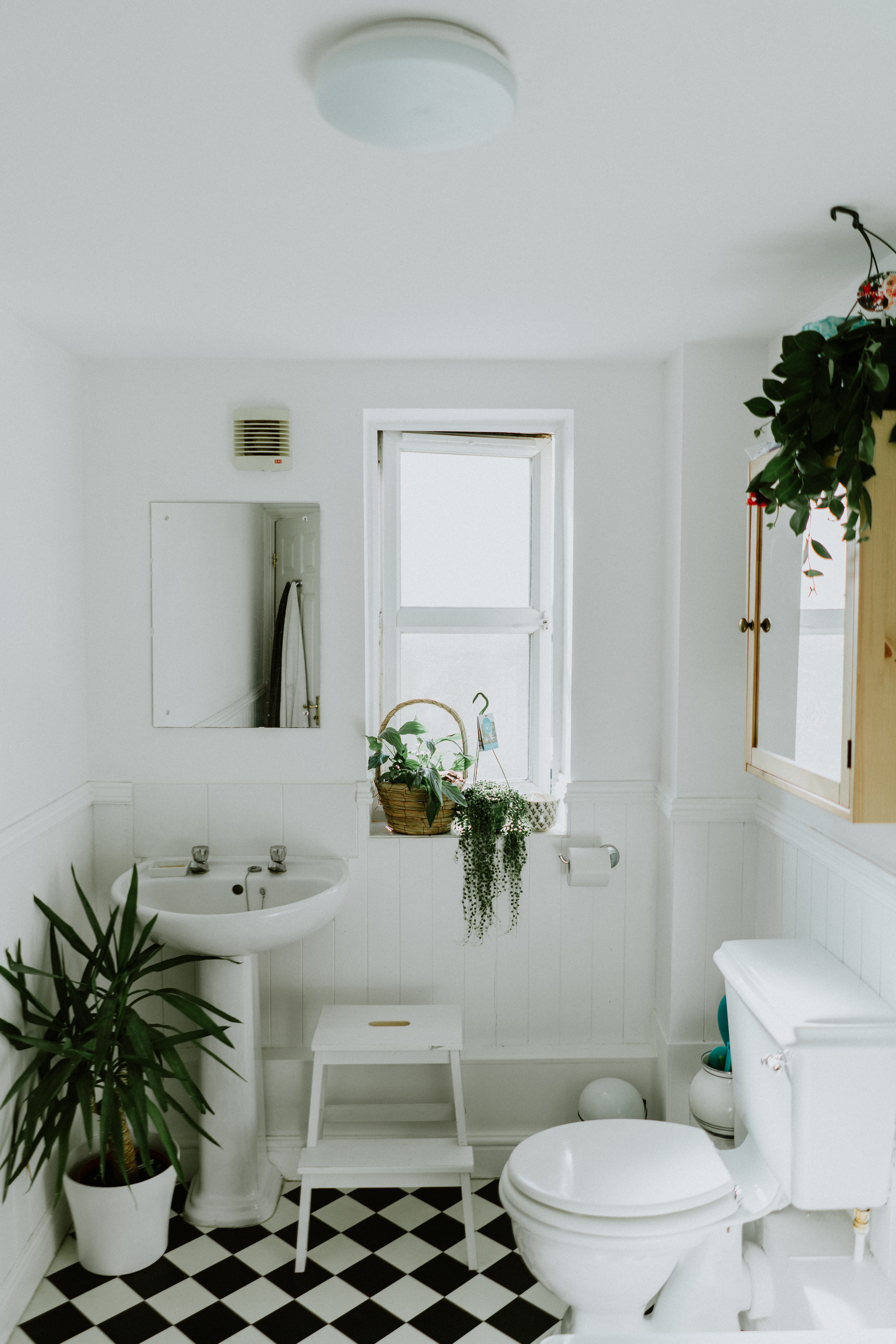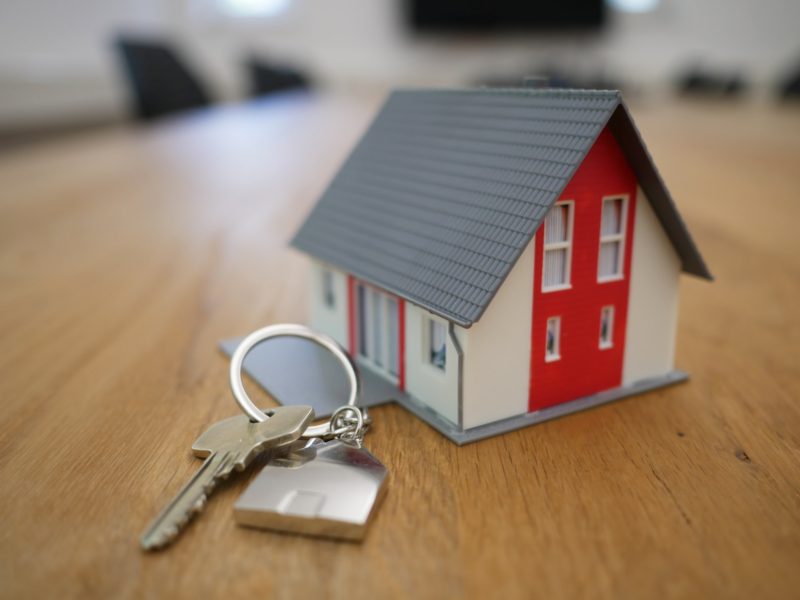
Damp Proofing Your Home 101
Damp proofing is quite technical and is best left to the professionals. We share some good tips to help you beat damp in your home. It’s important to use an expert that is affiliated to the Waterproofing Federation of South Africa. It is much better to solve the root cause of the problem than to simply make a temporary decorative repair when it comes to damp. Damp proofing your home is always a good idea!
The Basics
A damp proof course (DPC) is a physical barrier inserted into the fabric of a building to stop water passing from one place to another. This can be on a horizontal plane, stopping water rising up from the ground by being sucked up by the dry masonry above, or vertically to stop water passing from the outside of a building, though the masonry, to the inside. The most common material used is a waterproof plastic sheet.
When water leaks into your house not only is it unattractive and a health risk, but it weakens the structure. Leaking roofs, unsealed balconies and rising damp are common causes. Take the time to seal roof tiles and repair broken tiles. Make sure your balcony has proper drainage after storms and seal shower walls.
If you have flaking and blistering paint or white salts appearing on your walls, then you have the usual signs of lateral or rising damp.
Where’s the Damp?
A problematic vertical damp course may cause lateral damp where the ground is higher than the internal floor level or on exterior walls where the plinth of the house is soil retaining. Showers and baths can have damp due to water seepage through the grout of the tile or condensation. Split level construction where the vertical damp course was omitted is a common shortcut by builders. You will also find damp around plastered plinths and in flower boxes
Lateral damp can be treated by ‘tanking’. Tanking is when you strip the plaster off the bricks and apply a cement sealant to the bare bricks to prevent damp penetration. You will then plaster the area with damp repellent cement in combination with a silicone injection. This is to prevent rising damp.
If a proper DPC was not installed during construction then it may be necessary to dig down and apply a good waterproofing system to the wall below ground level or to strip all the plaster below the DPC and down to the foundation level and waterproof your home.
If you suspect a damp problem, contact an expert immediately. Waterproofing your home will increase the value of your property. It will also limit future inconveniences that may arise from unsightly damp problems.
No one wants to be left in the rain. Make sure that does not happen to you by choosing suitable suppliers who can help with general moisture control, waterproofing, and repairs.


